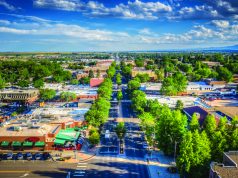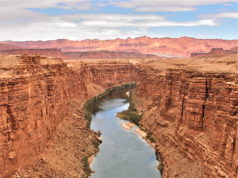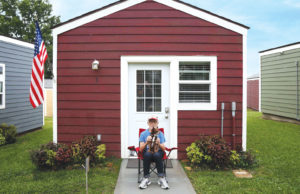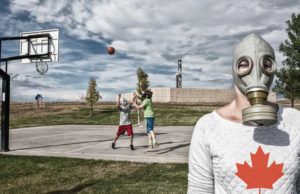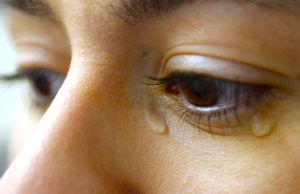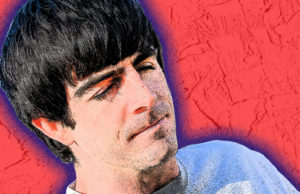
ABBOTTABAD,
shot and killed by armed Americans when they raided a house here early
Monday, an official with
The official, who asked not to be named because of
the sensitivity of the subject, said the daughter, whom he described as
being 12 or 13 years old, was one of eight or nine children in the
house when a team of
“We have no independent confirmation of
The official said that based on interviews with the
daughter and others in the house, Pakistani authorities now believe
that bin Laden had been living in the Abbottabad compound for “some
months.”
The Pakistani official’s comments came as new details emerged about the men who built the house and were also killed, and as
Local residents said the two men who built the house identified themselves usually as
Arshad, the older brother, was in his 40s, chubby
and had a “goaty”-style beard, while the younger man, Tariq, had a
mustache, residents said.
The two men explained the compound’s unusually thick
walls by saying they were involved in a violent feud in their home
village — something not unusual in that region — and that they needed
to prevent their women from being seen — in accordance with strict
Islamic custom.
Residents here said the two were friendly, and often
could be seen with children buying soft drinks and candy at a nearby
shop. Though they didn’t socialize with locals, they did take part in
the local custom of visiting neighbors to offer condolences for a death
or celebrate weddings and births, residents said.
They had one immutable rule, however — when children
playing nearby accidently knocked a ball into the compound, they
weren’t allowed to collect it.
Residents confirmed U.S. officials’ claims that the house was built in 2005.
“I worked on the house construction as a laborer.
There was nothing unusual about how it was built, except the size of
the compound wall,” said Rasheed, 32, a shopkeeper who said the
brothers frequently visited his shop with five to seven children that
he assumed were theirs. “Because of the wall, people thought that they
were smugglers, not terrorists.”
Rasheed said the wall, which is at least 12 feet tall and topped with barbed wire, is about 3 feet thick.
allowed a swarm of Pakistani and foreign reporters as far as the wall
on Tuesday to inspect the house. Excited local children ran around
collecting burned parts from an American helicopter that was destroyed
after it became disabled during the raid.
Two security cameras that neighbors said had once
been present were missing. Next to the house was a large compound,
which was empty. This is where locals said two cows and some goats had
been kept.
The house defied the luxurious description that U.S.
officials had offered. Its paint was peeling and it appeared to have no
air conditioning, which would have made it a sweltering place in the
summer months for bin Laden.
The brothers drove two vehicles, a small white
ramshackle house 10 yards across the street from the bin Laden home.
That white Suzuki may be the key to tracking down
bin Laden. According to U.S. officials, that vehicle was tracked
traveling from
“We never saw any women or any Arabs,” Muhammad
said. “I didn’t notice any particular comings and goings from the house
at night.”
But the Pakistani spy agency official said at least
two women had been left in the house after the American raid. One of
those, who authorities believe is a Yemeni and one of bin Laden’s
wives, was shot in the leg and was treated at a local military
hospital. No details were offered on the identify of the second.
The wife and children remain in Pakistani custody, though the official declined to say where. CIA Director
“We have asked access to those individuals so we can
continue to gather intelligence,” Panetta said. “And the word we got
back from the Pakistanis is that we would have that access.”
Pakistani officials, however, remain unhappy and
deeply embarrassed by the raid, which came after years of Pakistani
insistence that bin Laden and other terrorist leaders weren’t hiding in
their country.
In a statement, the government confirmed that U.S. officials hadn’t told them in advance about the raid.
“The government of
The statement said it had been providing the U.S.
with intelligence since 2009 that eventually led the U.S. to the
Abbottabad compound.
Both
and the U.S. have insisted that Pakistani authorities weren’t told in
advance of the raid, an assertion that has been greeted with skepticism
by some who doubt that U.S. forces couldn’t have arrived without
detection. Some analysts have suggested that the claim that
wasn’t informed was intended to prevent a backlash against the
Pakistani government over the raid from Islamist extremists, a large
and influential part of
But the foreign ministry said that U.S. helicopters had little difficulty reaching Abbottabad from
“U.S. helicopters’ undetected flight into
was also facilitated by the mountainous terrain, efficacious use of
latest technology and ‘nap of the earth’ flying techniques,” the
statement said.
The ISI official sought to explain
failure to detect bin Laden’s presence at the compound by saying
security forces had raided the compound in 2003, while the house was
under construction, on the trail of another extremist. The intelligence
service didn’t subsequently monitor the house, believing no one would
use it as a hideout after the raid, the ISI official said.
His account, however, was contradicted by U.S. officials in
who provided aerial photographs showing that no buildings existed on
the site in 2004. Rasheed, the shopkeeper who worked on the
construction of the house, said he had never heard of any such raid
taking place.
———
(c) 2011, McClatchy-Tribune Information Services.
Visit the


